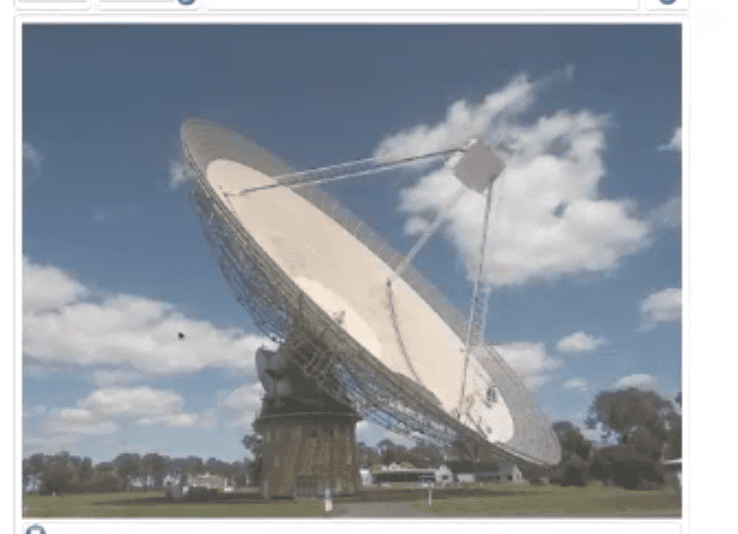On Monday the 10th of October, three Astrophysicists from the CSIRO guided a group of Year 9 and 10 LSC students through the process of analysing pulsar stars. Students had access to the Parkes Radio Telescope or ‘The Dish’ (N.S.W.)
A pulsar star is a rapidly rotating neutron star with an extremely strong magnetic field and intense beams of radiation from the magnetic poles. As it rotates, if the beams of radio emission sweep past us here on Earth, the signal can be detected by the radio telescope.
Following an in depth briefing, students selected pulsars, then watched live footage of ‘The Dish’ rotating to point towards the chosen pulsar. The Astrophysicists then assisted students with interpreting the radio wave data.
Students imaged many exciting pulsars, including one with exoplanets (planets that revolve around the pulsar) and another that exhibited a glitch in its pulse. Students learnt about everyday applications for using pulsars, including timing and navigation. Scientists are using pulsars to study extreme states of matter, search for planets beyond Earth’s solar system and measure cosmic distances.
Thank you to the visiting Astrophysicists and to Mr Bovill for organising. (Special credit to our student photographer Roxy Robson for the photographs)








